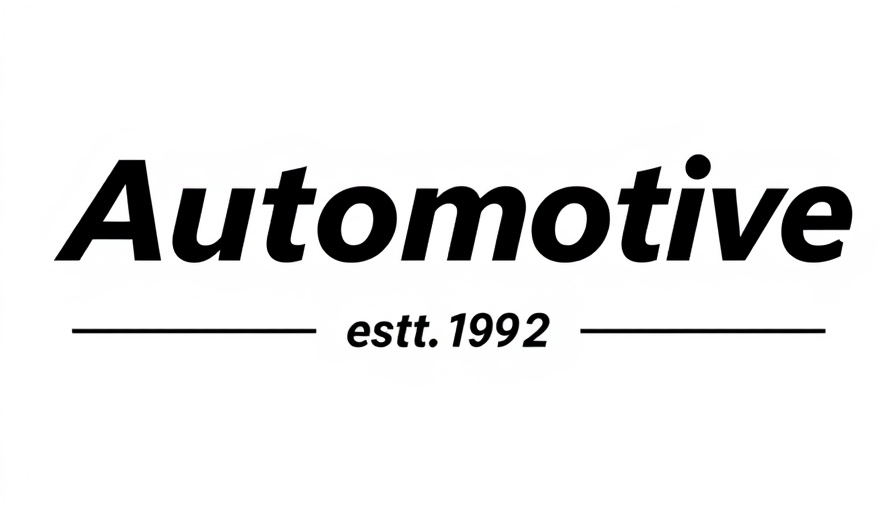
The Auto Industry Faces Affordability Challenges
As we delve into the current state of the automotive market, one primary concern stands out: affordability. According to recent data from CarGurus, only 13% of new vehicles listed for sale were priced below $30,000 in the first quarter of 2025. This is a significant drop from the 37% seen during the same period in 2020, signifying the growing financial burden on consumers looking for new cars. The average list price for a new vehicle has skyrocketed to $49,500, with projections indicating that upcoming import tariffs could add another $3,300 to that cost. With these rising prices, consumers are facing tough choices as they navigate the marketplace.
Impact of Tariffs on Consumer Behavior
While the first quarter of 2025 experienced some inertness in market urgency, the announcement of a permanent 25% tariff on imported passenger vehicles and light trucks on March 26 prompted a surge in sales. Kevin Roberts, Director of Economic and Market Intelligence at CarGurus, noted that this geopolitical news has shifted consumer purchase patterns, with a noticeable 30% increase in estimated retail sales month-over-month. This jump correlates with an uptick in activity on dealer lots, indicating that the anticipated tariffs are influencing consumer urgency.
Trends in Vehicle Preferences: A Shift Toward Affordability
Interestingly, the shift in sales dynamics seems focused primarily on smaller, fuel-efficient vehicles priced below $40,000, as demand for these options has remained high throughout Q1. Notably, the Toyota Tacoma emerged as Q1's top-selling vehicle, despite its average list price of $46,910, comprising 8.4% of total sales. Other vehicles a part of this conversation include the Toyota RAV4, Honda Civic, and Kia K4, which reflect changing consumer priorities amidst a tightening budget.
The Used Market's Response to High Prices
As new vehicle prices continues to rise, there’s an observable shift towards the used car market. Consumers seeking affordability are increasingly looking for value in pre-owned vehicles, as higher prices in the new car sector prompt them to explore alternatives. This trend indicates a robust opportunity for dealerships specializing in certified pre-owned vehicles, which can offer quality and affordability that new cars may no longer deliver.
Looking Ahead: Predictions for 2025 and Beyond
As tariffs come into play and vehicle prices continue to fluctuate, dealerships must prepare for a shifting marketplace. The drive for affordability will be a crucial determining factor for both consumers and dealerships moving forward. With anticipated price increases and a potential increase in import tariffs, dealerships need to adapt to these market conditions by enhancing their offerings and fine-tuning their sales strategies to meet consumer demand for value.
Final Thoughts on Navigating the Affordable Auto Market
In summary, the tightening of consumer budgets due to rising vehicle prices has made affordability a key focus for auto consumers in 2025. Retailers who can identify and respond to this market shift will not only survive but thrive amidst a changing economic landscape. Understanding consumer preferences and adjusting inventory accordingly will be critical for success in this competitive environment.
 Add Row
Add Row  Add
Add 

 Add Row
Add Row  Add Element
Add Element 




Write A Comment